

Alistair Butt Biography
Text from "Leisure Painter" Magazine - Jan 2007. Written by Robin Capon with some later additions.
Having studied art at college for seven years, four years of which was painting/drawing and three years Techinical Illustration, Alistair went into adverting for 20 years working as graphic designer/illustator while producing paintings in his spare time.
For several years now Alistair's paintings have been included in the Royal Society of Marine Artists (RSMA) annual exhibition at the Mall Galleries, in London.
In 2007 Alistair was elected an Associate member of the Royal society of Marine Artists. In 2008, he won The Ranelagh Press Award, the first time it was awarded at the RSMA with one of his watercolour paintings.
In 2009 Alistair was elected a full member of the RSMA. He has also shown work at the Royal Institute of Painters in Water Colour's (RI) exhibitions and the Royal Institute of Oil Painters (ROI) exhibitions, both at the Mall Galleries, London.
He has been a finalist in the RI Young Artist Award at The Mall Galleries, London;
An exhibitor (via invitation by Ron Ranson) in the UK section entitled "Master Painters of the World", of the International Artist Magazine;
He was selected as one of the top "50 Masters of Watercolour" in Europe, for the French magazine Pratique des Arts, this was repeated two years later, this time for the top "50 Masters of Watercolour" selected world wide.
He's also had articles in the launch issue of L' Art de l'Aquarelle - the english version is The Art of Watercolour, a magazine spotlighting the top watercolourists of the world plus in Pratique des Arts regarding his oil painting.
While in the UK Alistair's work has appeared in both the Leisure Painter and Artist & Illustrators magazines plus he's also listed in the Who's Who in Art.
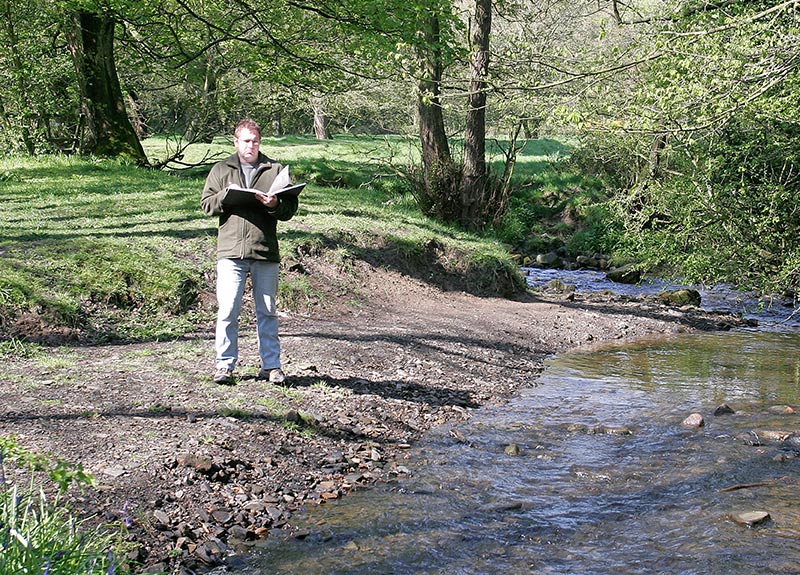

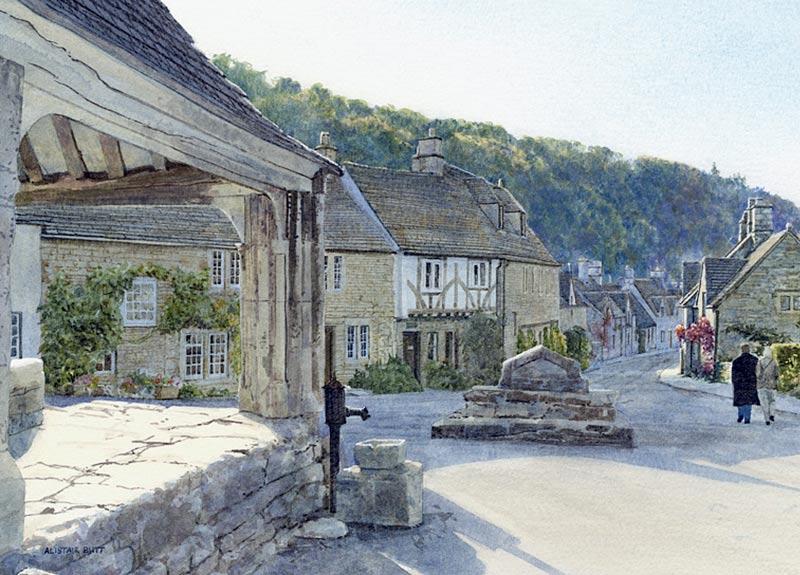

Finding subjects
Alistair paintings are principally of coastal and landscape scenes, with a distinctive feature of his work being the skillful way that he includes interesting detail yet without compromising the sense of mood and the special qualities of light.
His style is true to the great traditions of British landscape painting, and indeed all his inspiration comes from subjects within the UK . "From Cornwall and Kent to Cumbria and the Yorkshire Dales, each area provides an endless source of material for my paintings, and each has its own identity and feeling," he says.
"Usually it is a certain type of light and its particular influence on the subject that provides the starting point for my paintings. The shimmering light on a stream, for example, the long shadows from a low winter sun on snow-covered ground, or sunlight streaming through spring or autumn trees - these are the sort of effects that attract me and that add impact and mood to the landscape.
"I don't know whether it is due to my upbringing or perhaps simply an inherent part of my nature, but I have always appreciated the landscape and loved being outside. I especially like being near water. From my studio I frequently make sketching trips to the Peak District or parts of the Yorkshire Dales or Moors and the North Yorkshire Coast.
Additionally I organise weekend, week-long and other trips to different parts of the country. Other favourite areas include: the Lake District, the West Country, South East, East Anglia, the Cotswold's, Scotland and Wales.
When I set out on a sketching trip I never know what I am going to find, but somehow, instinctively, I seem to discover plenty of exciting things to paint.
"On location I make sketches, and take some reference photographs. When I was young my ambition was to become a photographer. These days, with a camera, you can get all the information and detail you need whilst not forgetting the sketches, which are in many ways more helpful/useful.
The exact form of the sketches depends on the time available, the subject matter and the type of reference material I think will be useful. Sometimes I rely (or forced to) on a few quick sketches as not every situation or light effect allows for anything longer, while on other occasions I produce much more resolved drawings.
I can usually tell immediately which subjects will make good paintings, and I concentrate my reference material on those - this is helped by years of experience 'looking' for subjects.
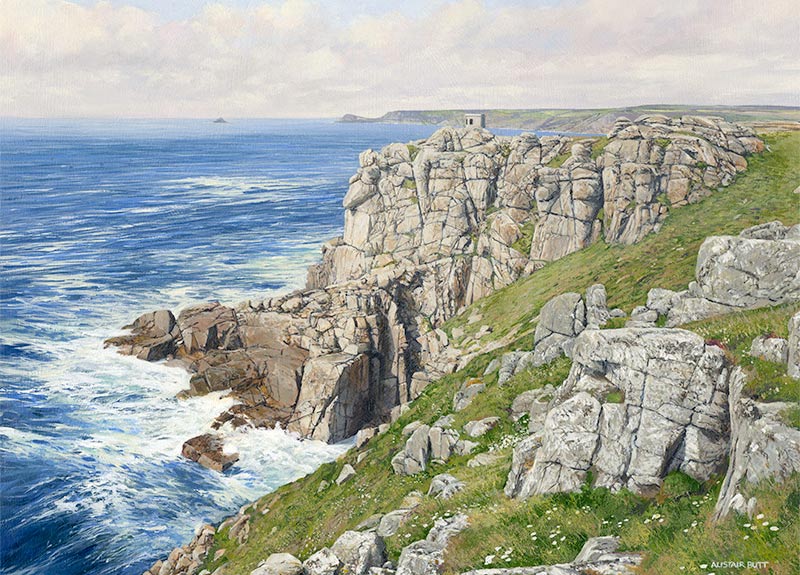



Back in the studio
"Back in the studio I look through all the location work and assess how I can develop the ideas into either oil or watercolour paintings. There may be subjects that are particularly suited to a watercolour technique, perhaps because of a certain quality of light or a greater emphasis on detail (for my style). Alternatively, there will be others that I instinctively feel will work best in oils - usually those with deep darks or which involve textures or require a more painterly treatment. I always start with a fairly detailed drawing to plan the content and composition of the work before transferring that to the watercolour paper.
"My watercolour paintings are mainly painted on a number of different papers. I find that even the heavy quality papers are liable to cockle slightly under the initial general washes, so I always stretch the paper first. My standard palette consists of lemon yellow, aureolin yellow, cadmium yellow, yellow ochre, raw sienna, Naples yellow, burnt sienna, Indian yellow, cadmium red, cobalt violet, cerulean blue, cobalt blue and French ultramarine. This is essentially a primary palette which enables me to mix any colour I need.
"With watercolour I sometimes start with an overall variegated 'ghost' wash or at least I will work a weak wash over the sky area to indicate the type of light and mood I want to develop.
I will already have a detailed drawing in place and, if necessary, will have applied masking fluid to certain areas. I rarely place the actual colour straight away.
For most of my watercolours I use a sequence of washes to build up the required tonal variations and degree of detail. The majority of the work is done with No.3 and No.6 Winsor & Newton Series 7 brushes, using the full body of the brush for wash effects and holding it vertically, with just a gentle pressure on the tip, for details and fine strokes.
"For the oil paintings I may use canvas or perhaps one of the many boards I have in stock. These are prepared with six coats of acrylic gesso, sometimes with texture paste added to the second coat. My oil painting palette is very similar to the watercolour. The support is either left plain white, undertoned on the first stage or can be pre prepared with a ground colour - either a warm brown (yellow ochre) or a cool blue/grey mix and I start with a brush drawing to indicate the main shapes.
"In fact, for me, the obvious difference between oils and watercolour is that the oils encourage a freer approach. Sometimes I develop each part of the painting to quite a finished state as I go, working from the background sky area towards the foreground.
Or I may start with a tonal under painting and build on that over a period of time. Each painting demands something different, but what I am always aiming for is creating a strong sense of that location/subject - what I saw and how I remember it. If a painting succeeds in that respect, then I am very satisfied."
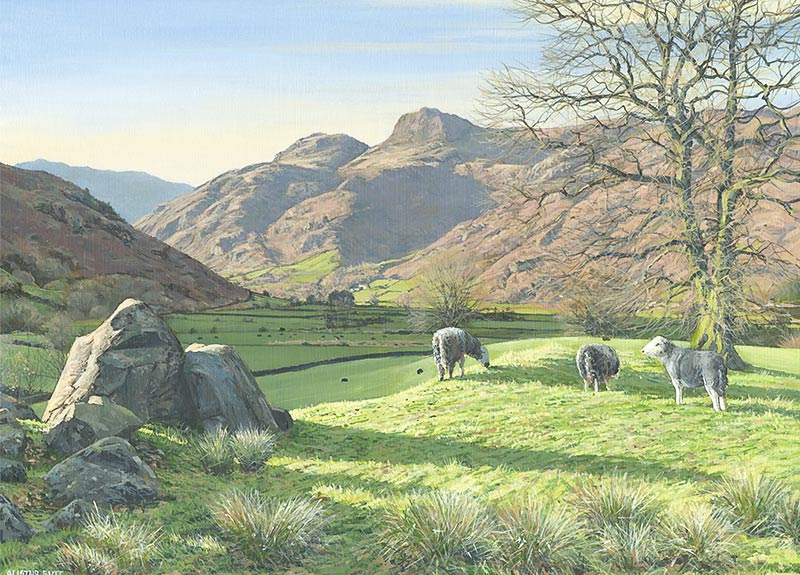
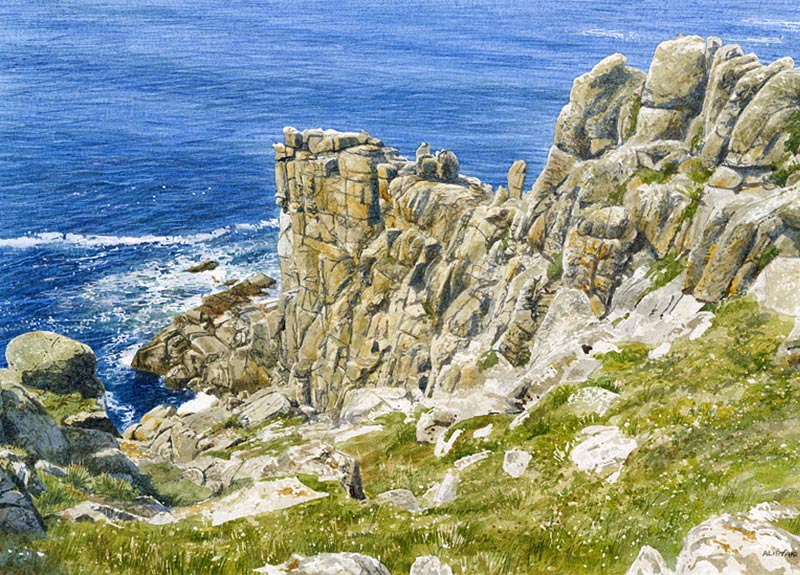

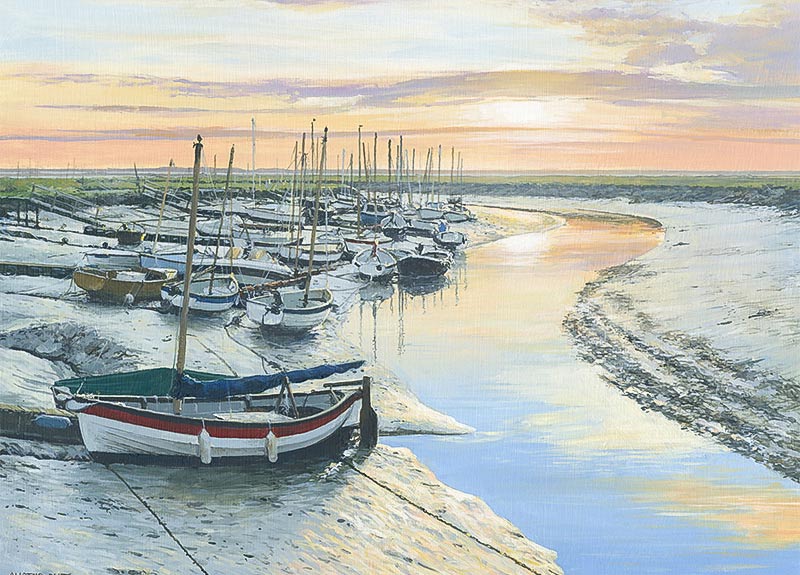
Alistair Butt RSMA
25 Searby Road, Sutton-in-Ashfield, Nottinghamshire. NG17 5JQ United Kingdom
By appointment only.
All Rights Reserved... all images are copyright of the artist Alistair Butt.